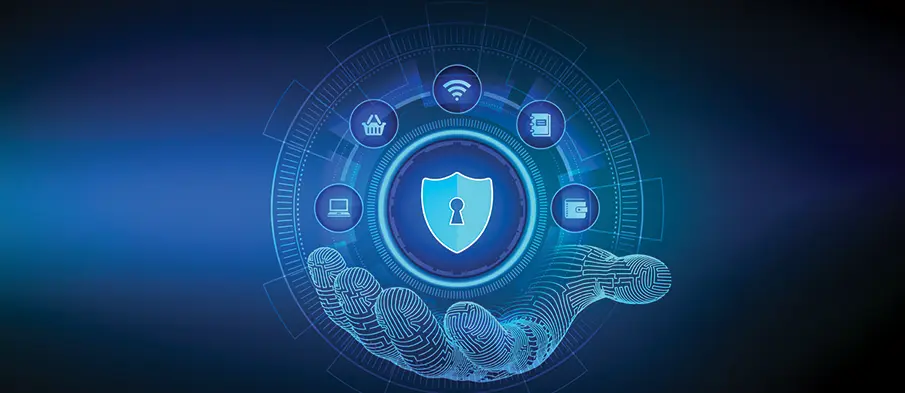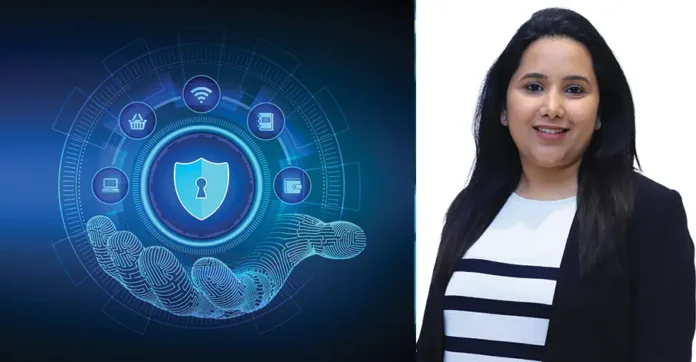
In an era where cyber threats and regulatory pressures are intensifying, the importance of cybersecurity and resilience cannot be overstated. As businesses strive to protect their operations and assets, CIOs and CISOs must prioritize robust cybersecurity measures to defend against both external and internal threats. This approach not only safeguards critical systems and data but also ensures long-term stability and trust.
The Imperative of Cybersecurity Resilience
According to a recent CIO survey conducted by StrategINK, 65% of organizations emphasize advancements in cybersecurity as a top priority to counter evolving threats. Ensuring resilience in IT infrastructures is crucial as organizations prepare for unforeseen challenges. CIOs are implementing a range of measures to bolster resilience, focusing on prevention and swift recovery. Notably, 60% of organizations prioritize robust cybersecurity protocols, 56% develop comprehensive strategies to maintain essential functions during and after disasters, and 52% invest in educating staff on potential risks and response strategies. Furthermore, 41% of CIOs are integrating cloud services to enhance resilience, leveraging the cloud’s scalability and flexibility for disaster recovery and distributed resources.
Rising Cyber Threats in the APAC Region
The APAC region has become a focal point for cybercrime, driven by rapid digital transformation. Organizations, in their haste to integrate new technologies, often overlook adequate security measures. This shift, compounded by the move to hybrid work models, has introduced numerous cybersecurity challenges. Increased reliance on digital tools has exposed vulnerabilities, with collaboration platforms expanding attack surfaces. Cybercriminals exploit weak security protocols and unpatched systems to access sensitive data, necessitating a more flexible approach from IT departments. Consequently, 43% of enterprises have adopted adaptable IT policies to manage shadow IT, while a quarter maintains a zero-tolerance stance towards it.
The Role of AI and ML in Cybersecurity
Artificial Intelligence (AI) and Machine Learning (ML) are revolutionizing enterprise cybersecurity by automating threat detection and response, and learning from data to pre-empt attacks. However, these technologies also pose challenges, as cybercriminals employ them for more sophisticated attacks. The growing reliance on AI-driven systems requires continuous advancements in security strategies and skilled professionals to manage evolving threats. The integration of Zero Trust Security with cloud-user management highlights strategic moves towards stringent access controls, enhancing business resilience against cyber threats and protecting sensitive data in a dynamic threat landscape.
Investment in Cybersecurity
Given the significant business impact of cybersecurity investments, 75% of CIOs are optimistic about increasing their budget allocation in the coming year. The survey also highlights several impediments to deriving business value from digital and innovation projects, with talent and skill shortages emerging as significant barriers for over half of the technology leaders. Notably, there is a 60% scarcity of skilled AI/ML professionals and a 55% shortage of cybersecurity experts. This gap potentially slows down the implementation of cutting-edge solutions that could drive business growth and operational efficiency. Therefore, CIOs are strategically focusing on equipping their workforce with the necessary tools and knowledge to manage and implement new technologies effectively.
The Indian Cybersecurity Landscape
The Indian Cyber Crime Coordination Centre (I4C) reported a significant surge in cybercrime complaints, with an average of 7,000 complaints recorded daily in May 2024. This marks a 113.7% increase compared to the period between 2021 and 2023, and a 60.9% increase from 2022 to 2023. Additionally, 85% of these complaints pertained to financial online fraud. This alarming trend underscores the urgent need for robust cybersecurity measures across organizations.
Conclusion
As cyber threats evolve, they are more likely to disrupt critical infrastructure and increase the carbon footprint of cybersecurity measures. To mitigate these environmental impacts, strengthen social trust, and demonstrate good governance, organizations need to prioritize cybersecurity. This requires not only technological intervention but a cultural change to understand and mitigate the environmental impact of cybersecurity measures. By adopting a holistic approach that integrates cybersecurity with ESG, organizations can enhance their overall ESG performance. In today’s digital economy, making security and resilience non-negotiable is essential for safeguarding organizational assets, maintaining trust, and ensuring long-term stability.





